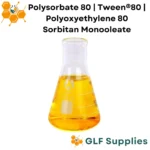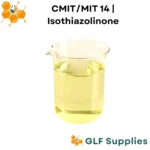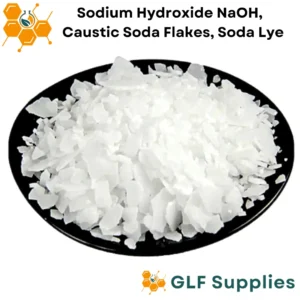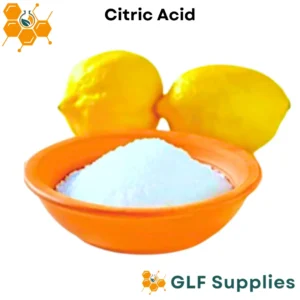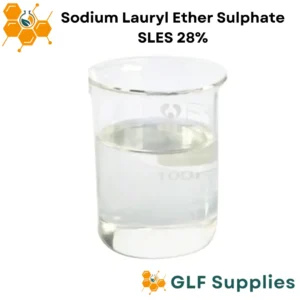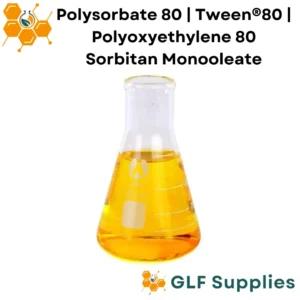Description
Introduction
Lauryl Alcohol Ethoxylate 7 mole is a non-ionic surfactant that belongs to the family of alcohol ethoxylates. It is derived from lauryl alcohol and ethylene oxide, resulting in a compound with excellent surfactant properties. Lauryl Alcohol Ethoxylate is widely used in various industries for its ability to lower surface tension and enhance the mixing of liquids.
INCI Chemical Name :
Laureth-3
Other Names :
Polyoxyethylene Lauryl Ether, Heptaethylene Glycol Monododecyl Ether, C12-C14 Fatty Alcohol Ethoxylate
Formula :
C11H26O
CAS No:
68439-50-9
Derived from :
Derived from both organic and synthetic sources. Such alcohols may be obtained by the hydrogenation of fatty acids from seed oils, or by hydroformylation in the Shell higher olefin process.
Solubility :
It is soluble in water but is insoluble in oil. Used at a concentration of 0.1-2%.
Uses
Lauryl Alcohol Ethoxylate finds extensive applications in cleaning and formulation:
Household Cleaners:
It is used in household cleaning products, such as all-purpose cleaners and dishwashing liquids, to improve the spreadability and effectiveness of the cleaning solution.
Laundry Detergents:
Lauryl Alcohol Ethoxylate is incorporated into laundry detergents to aid in the removal of dirt, stains, and grease from fabrics.
Personal Care Products:
It is used in shampoos, body washes, and other personal care products to create foaming lather and enhance the cleansing experience.
Industrial Cleaning:
Lauryl Alcohol Ethoxylate is utilized in industrial cleaning formulations, such as degreasers and heavy-duty cleaners, due to its strong surfactant properties.
Textile Processing:
It is used in textile processing to aid in the wetting, emulsification, and dispersing of dyes and chemicals.
Agrochemicals:
Lauryl Alcohol Ethoxylate is added to agricultural formulations, such as pesticides and herbicides, to improve their spreading and wetting properties on plant surfaces.
Precautions
Lauryl Alcohol Ethoxylate is generally safe for use in formulated products. However, as with any surfactant, individuals with specific allergies or sensitivities should consider patch testing before using products containing this ingredient. It is essential to follow recommended usage levels and guidelines to ensure optimal performance and compatibility with other ingredients.
In conclusion, Lauryl Alcohol Ethoxylate’s versatile surfactant properties make it a valuable ingredient in various cleaning and formulation applications. Its ability to enhance foaming, wetting, and spreading properties contributes to the efficacy and user experience of a wide range of products across different industries.

